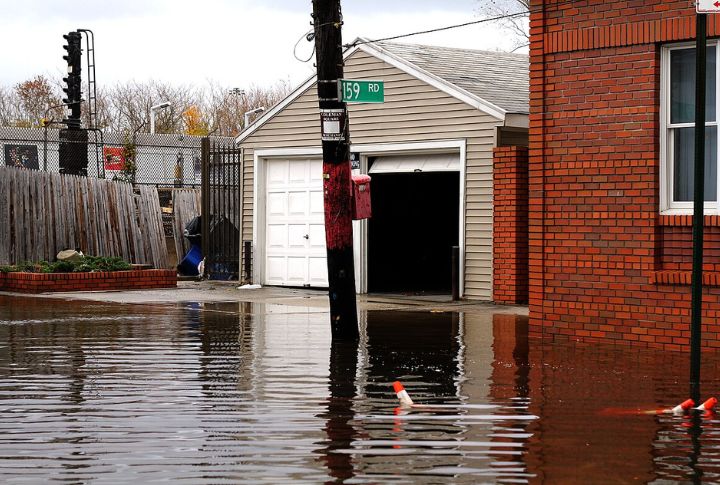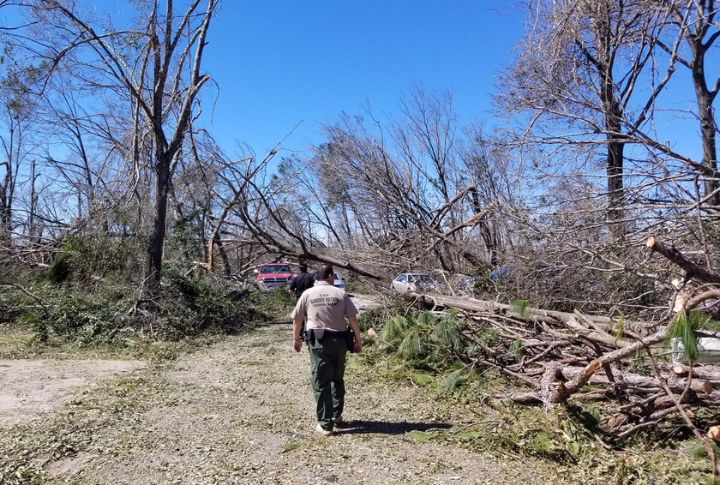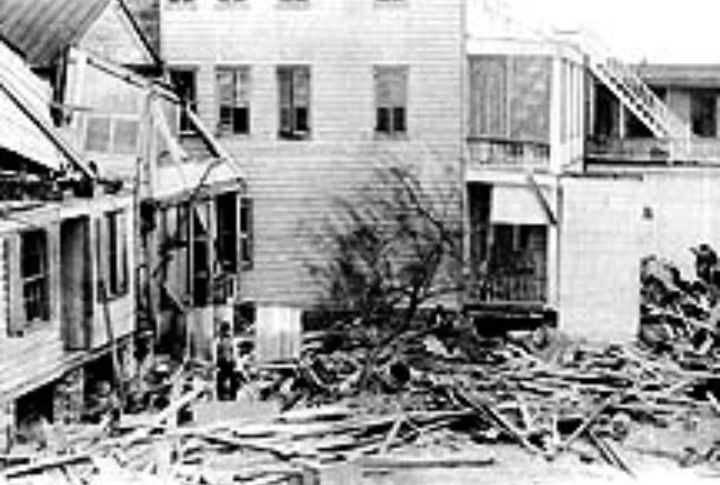
Storms don’t always follow forecasts, and the most unforgettable ones rarely play fair. These hurricanes arrived with fury and left legacies of grief, rebuilding, and reform. Long after the floodwaters receded, their impact lingered in history books and hardened coastal infrastructure. Here are the tempests that left a lasting mark, changing the course of the country.
The 1900 Galveston Hurricane

A wall of water surged into Galveston and swallowed most of the island under 15 feet of seawater. The death toll reached as high as 12,000, in what became known as the deadliest natural disaster in American history. Communication lines were destroyed, and in their aftermath, a massive seawall was finally constructed.
Hurricane Maria (2017)

Puerto Rico plunged into darkness when 155 mph winds tore through, snapping power lines and cutting off clean water. More than 2,975 people died, mainly during the long, grim aftermath. Entire communities struggled to survive without basic services, and the damage was so extreme that “Maria” was permanently retired from storm lists.
The 1928 Okeechobee Hurricane

Lake Okeechobee burst past its dike, with floodwaters released that killed over 2,500 people, many of whom were poor farm laborers. The mass graves marked the scale of loss. Florida’s failure to control inland flooding became a turning point, which prompted sweeping reforms to better prepare the region for future storms.
Hurricane Katrina (2005)

Roughly 1,833 lives were lost, and damages topped $170 billion, still the costliest in U.S. history. Floodwaters overtook New Orleans not because of wind, but because protective levees collapsed. Public anger soared as images of chaos and government missteps revealed how unprepared the country was for a disaster of that scale.
Hurricane Sandy (2012)

Tides rose fast across the East Coast as Sandy pushed water into the streets. In New York and New Jersey, storm surges caused more damage than the wind itself. A total of 117 Americans died, and the name “Superstorm” stuck, not for its category, but for its massive reach.
Hurricane Audrey (1957)

Forecasts missed the timing completely, thus Audrey hit sooner than expected. Coastal residents in Louisiana and Texas had little time to flee before the 12-foot surge rolled in, killing over 400 people. The storm’s impact extended into Canada, where its tail brought wind and rain far from landfall.
Hurricane Camille (1969)

Winds close to 200 mph tore through Mississippi, and they leveled homes and triggered deadly floods in Virginia. Camille led to the loss of 259 lives, many of whom were far from the coast. In one especially tragic incident, residents who remained in a beachfront apartment were directly struck by the storm—most did not survive the impact.
Hurricane Michael (2018)

In the Florida Panhandle, entire neighborhoods were reduced to rubble when Michael roared ashore at Category 5 intensity. Mexico Beach bore the worst of it, as homes were swept away like toys. Seventy-four lives were lost, and damage soared past $25 billion after the storm exploded in strength right before landfall.
The 1893 Sea Islands Hurricane

Coastal families in Georgia and South Carolina woke to rising water and nowhere to run. Up to 2,000 people died, many from underserved Black communities, left with no protection. The Red Cross stepped in, a move that marked its entry into major disaster relief and foreshadowed future efforts.
The 1935 Labor Day Hurricane

Winds over 185 mph ripped through the Florida Keys, killing 408 people. Among the dead were WWI veterans employed by the federal government to build a highway. Their work camps were directly in the storm’s path, and evacuation efforts failed before the hurricane made landfall.
